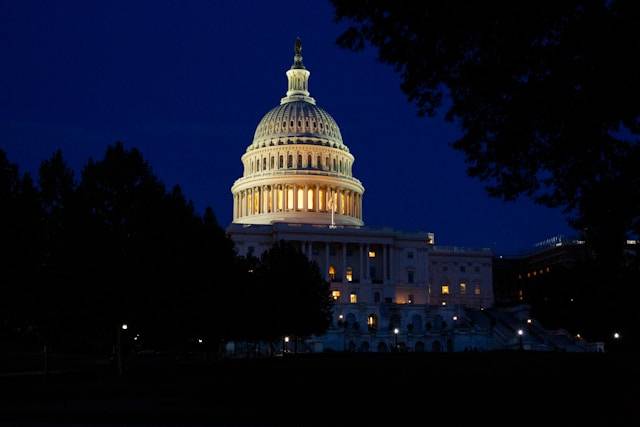
Abortion Rights in Texas: The Fight to Restore
Abortion rights in Texas.
Autumn 2022 saw Ann Johnson—a Texas Democrat who had, over the summer, convened with a group of obstetricians and gynecologists who were shocked by the dangerous impacts of their state’s restrictive abortion laws. The latter referred to S.B. 8—Senate Bill 8—which the predominantly conservative state founded a year earlier, making it illegal for women to procure an abortion after six weeks into their pregnancy or even less, thereby putting immense pressure on health providers. These laws made it difficult for medical practitioners, particularly about miscarriage care and medically needed terminations, as they got involved in moral dilemmas that could be life-threatening if not death traps for them.
Abortion Rights in Texas: Legal Framework
The Supreme Court’s ruling abolishing Roe v. Wade further compounded the problem. Texas was prepared for this eventuality, hence passing a trigger law that outrightly banned abortion except where an immediate threat is posed to a mother’s life. This put stringent conditions even on desperate cases involving health-related matters, hence imposing onerous restrictions on women seeking abortions.
Abortion Rights in Texas: Current Debate
One of those expressing concern was Dr. Todd Ivey, who narrated a sad story about one woman expecting and suffering from cancer simultaneously. However, her emergency could not be met because she faced numerous bureaucratic obstacles before having access to a life-saving termination was able to happen. The horrifying reality is that obtaining an abortion in Texas became near impossible in such situations as well, if not worse, considering the severe repercussions of imprisonment, loss of professional licenses, or heavy penalties imposed upon any healthcare provider or patient contravening these provisions’ requirements.
The Impact on Access to Abortion
Fearful of legal consequences, leading doctors considered quitting while aspiring ones wondered whether they had any future within healthcare services across this Texan region due to uncertainty regarding how this matter would affect the healthcare system. Hospitals found it hard to retain personnel or recruit new staff during this time when no one exactly knew what would happen next—a period characterized by highly restrictive abortion statutes.
Advocacy and Controversy
Ann Johnson – known for her bipartisan approach and dedication to public health—found herself wading through dangerous political grounds as she aimed at mitigating the detrimental effects occasioned by these legislations. She had realized that it would be fruitless to challenge the anti-abortion laws directly; hence, she came up with a strategic plan focused on affirmative defense – a legal tool that can protect medical practitioners from liabilities if they can comply with a few exceptions of this ban.
Johnson’s proposed law, H.B. 3058, in its original form, avoided any explicit mention of abortion, tending towards avoiding partisan disputes. By joining forces, including unlikely ones like Bryan Hughes, who was an ardent conservative senator who spearheaded S.B. 8 into law, Johnson aimed to create exceptions on specific conditions such as ectopic pregnancies and premature ruptures, which, although fell far short, were better than nothing when it came to covering several other circumstances addressed by healthcare providers.
All in all, the passage of H.B. 3058 signified moderate success in the long-standing fight over reproductive rights within Texas. Nevertheless, real-life cases like Amanda Zurawski’s indicated that this law could still pose more severe consequences related to restrictive abortion legislation even though its effectiveness remained uncertain, thereby foreboding ongoing court battles and instances where women remained unprotected due to increasingly hostile political contexts.
Supporting Reproductive Justice: Building a Movement for Abortion Rights in Texas
While H.B. 3058 was being implemented, people anxiously waited for it with the hope that it would bring clarity concerning issues surrounding it so that healthcare providers and those whom they serve find relief from the pressures too burdening or ambiguous.# However, uncertainties abounded as ever, corroboration of how difficult it is to bridge ideological gaps even while ensuring comprehensive healthcare access for everyone across Texas, meaning that stakeholders still need to consider women’s well-being and human dignity beyond politics.
The New Yorker inspired this article:
